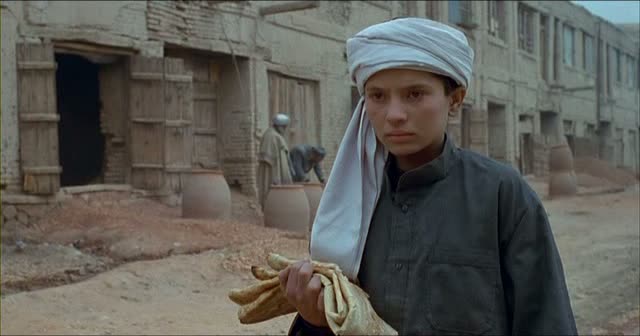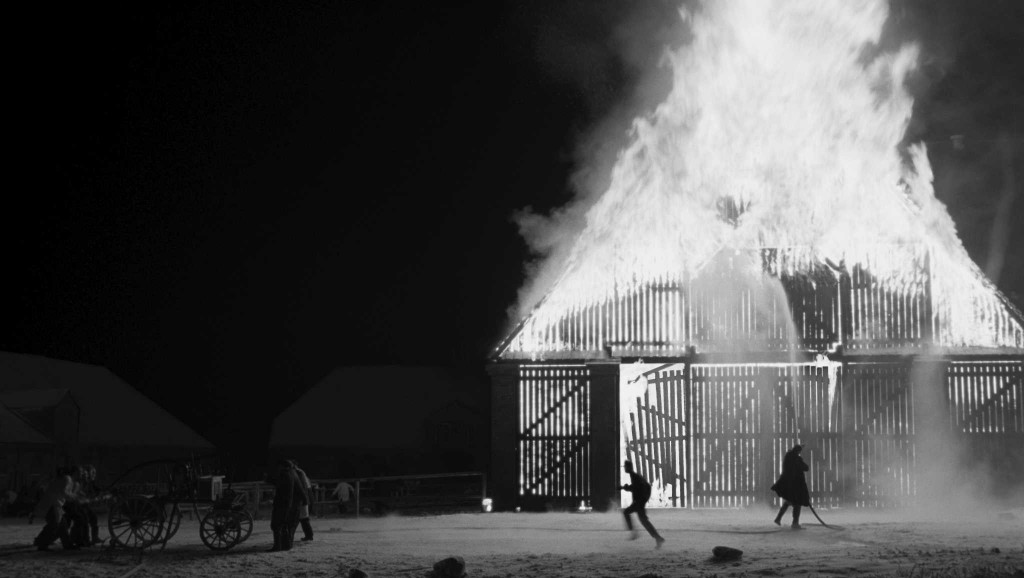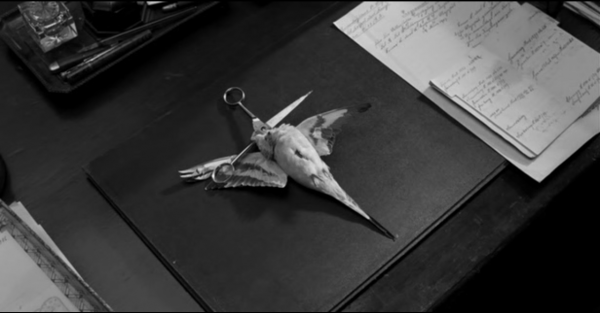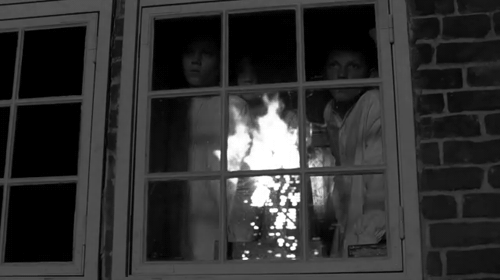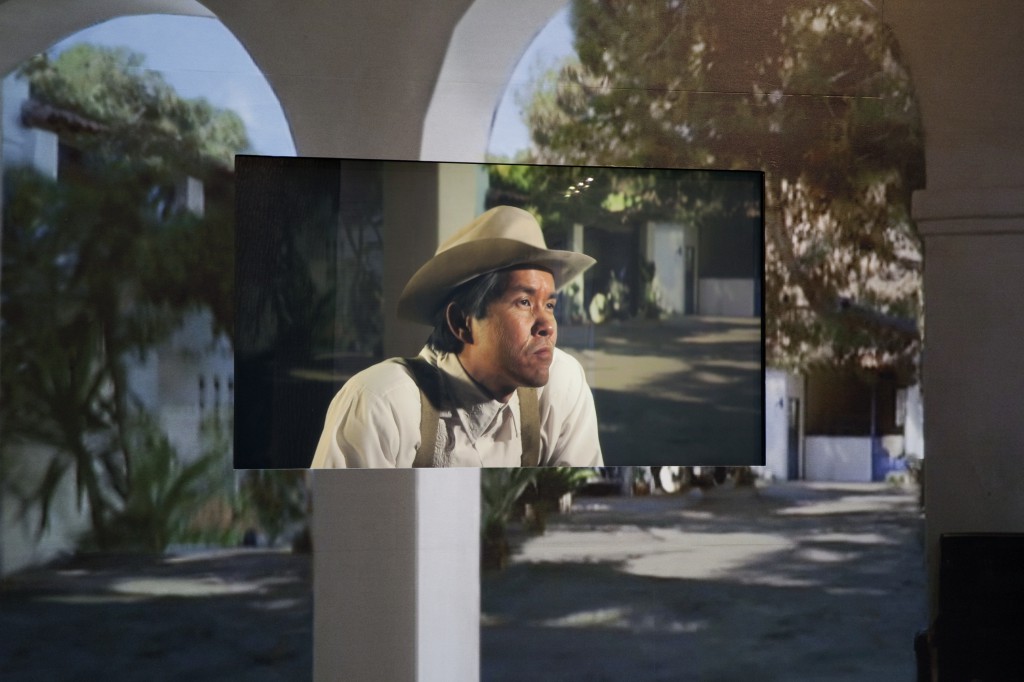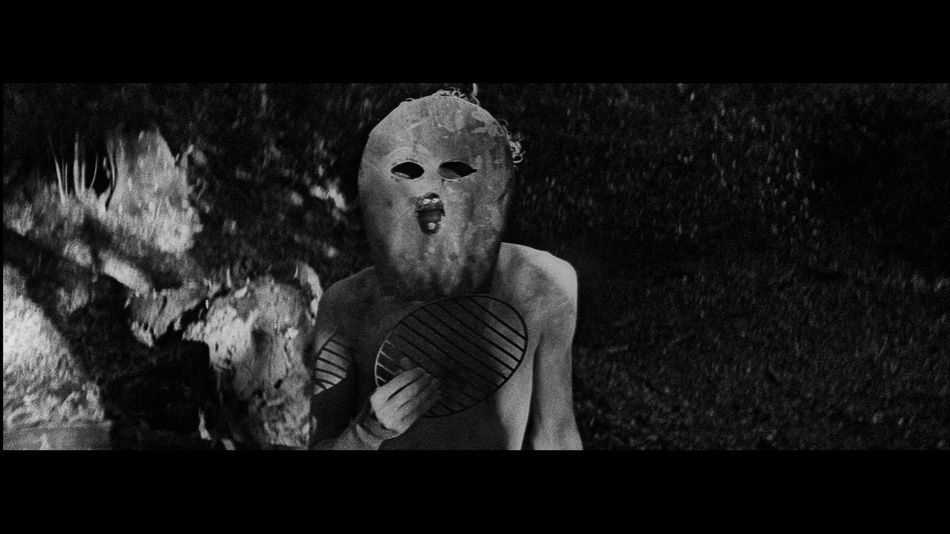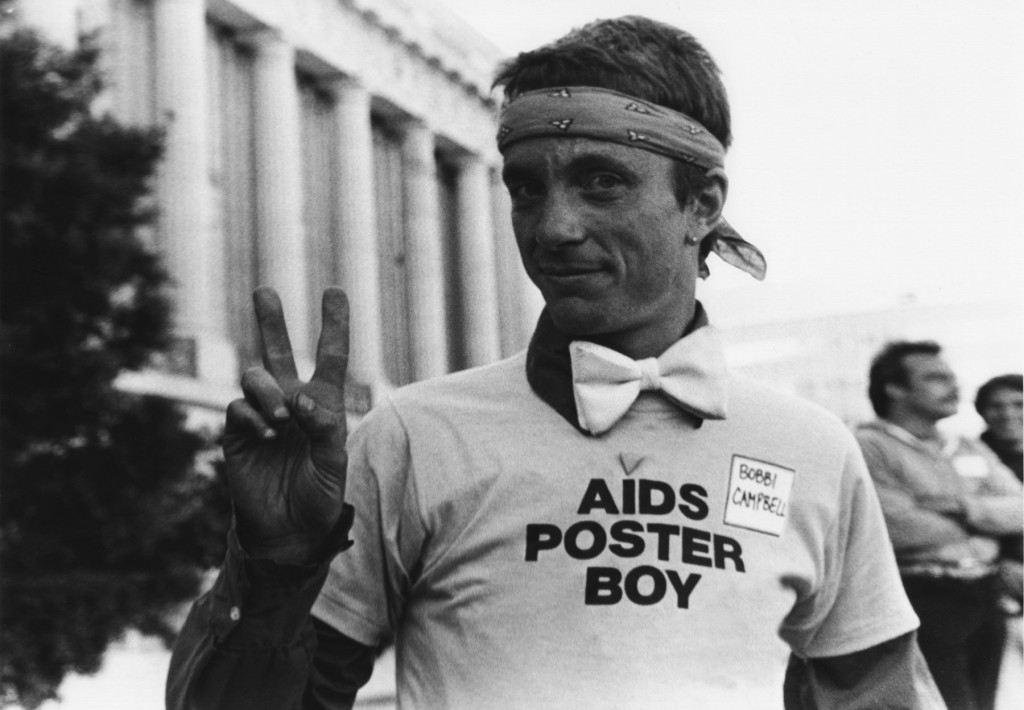Mani Yassir Benchelah, This is Exile: Diaries of Child Refugees, Film stills, 2015
Over the course of a year, Emmy-award-winning director Mani Yassir Benchelah made this intimate portrait of Syrian refugee children forced to flee from the violence of civil war to neighboring Lebanon. The documentary allows the children to tell their stories in their own words capturing the truth of how they deal with loss, hardship and a political consciousness beyond their age.
This Is Exile is an extraordinary intimate portrait of child refugees forced to flee from the violence of Syria’s civil war to neighbouring Lebanon. The documentary tells the stories of the children’s lives in their own words and captures the moving truth of how they deal with loss, hardship and the poignancy of dashed hopes. Their testimony in this film is a beautifully crafted microcosm of the human cost of the ongoing civil war in Syria that has forced over 4 million people to flee; half of whom are children. There is still no end to the war in sight.
While her younger brother fetches water, Aya talks about how a soldier pressured her to provide information about her father. Little Nouredine lived through the siege of Homs and, stuttering, explains how he believes that President Assad’s soldiers are following him everywhere. Thirteen-year-old Layim harbors feelings of vengeance, although he actually likes nothing better than to help people, for example by handing out rations. Nearly all the children look forward to returning home one day, but Fatima, who is disabled, is thriving in Switzerland where she feels fully acknowledged for the first time. Mustafa desperately wants to study, but he has to work for the money his family needs so badly.
Through the prism of their testimony, we gain perspective on the fate of millions of Syrian refugees, half of whom are children.
Source: Arab Film Days Oslo.
Text: International Documentary Film Festival Amsterdam.
All images belongs to the respective artist and managment.
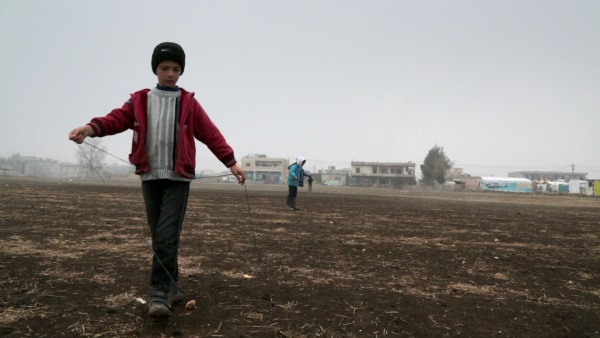
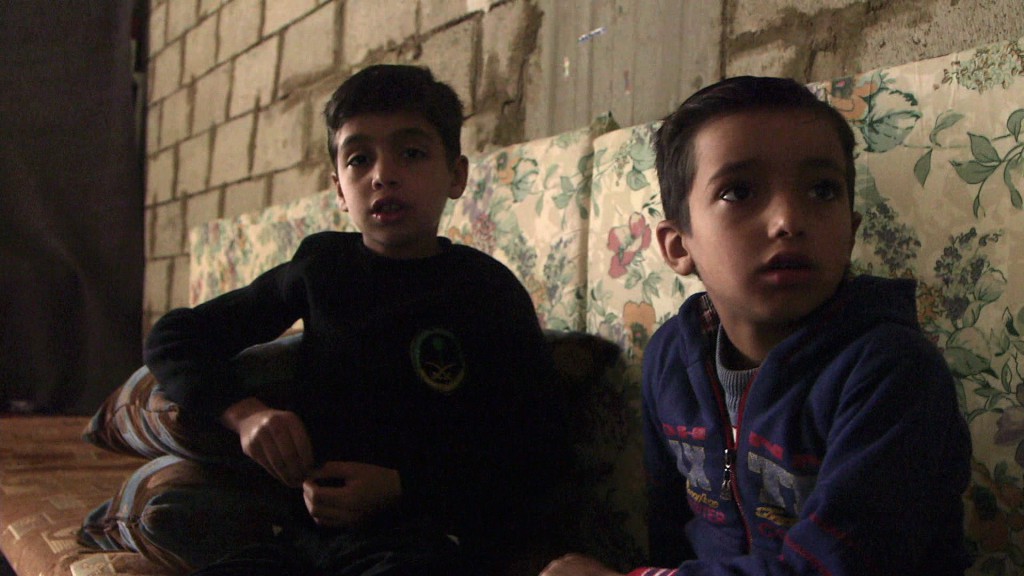
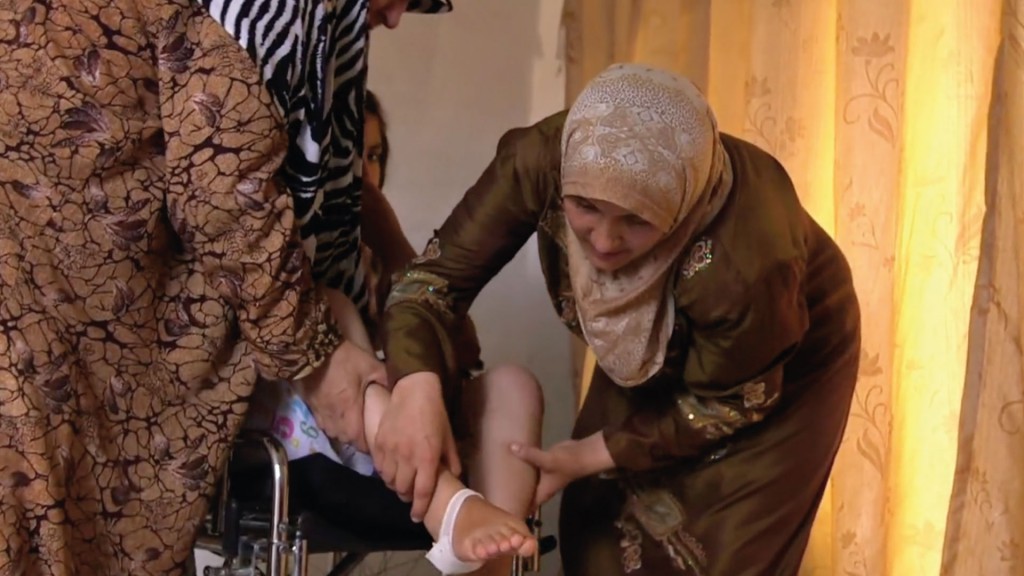
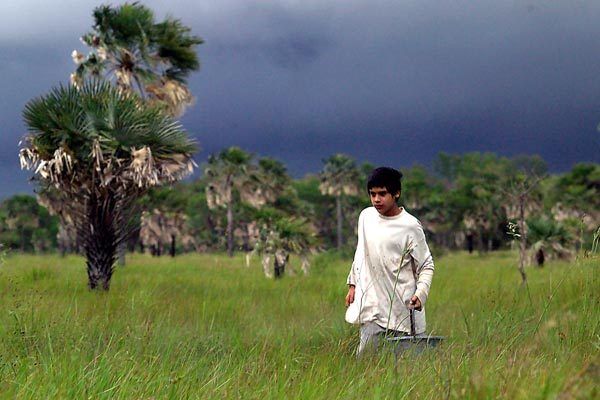
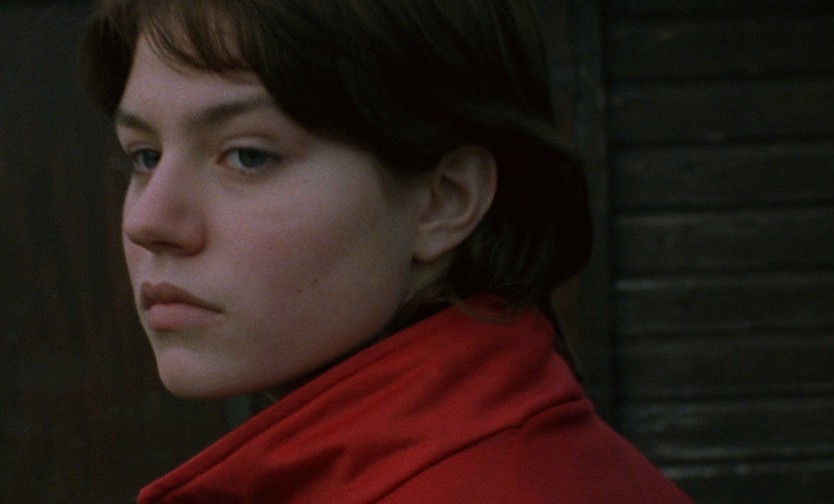
![Rosetta 1999_snapshot_00.14.14_[2012.09.13_23.36.02]](http://www.magazinecontemporaryculture.com/wp-content/uploads/2016/02/Rosetta-1999_snapshot_00.14.14_2012.09.13_23.36.02-1024x616.jpg)


